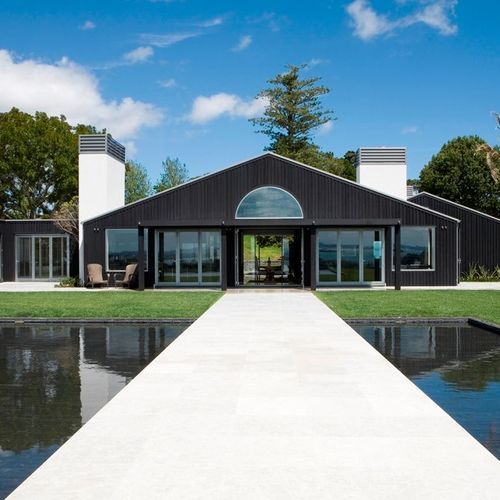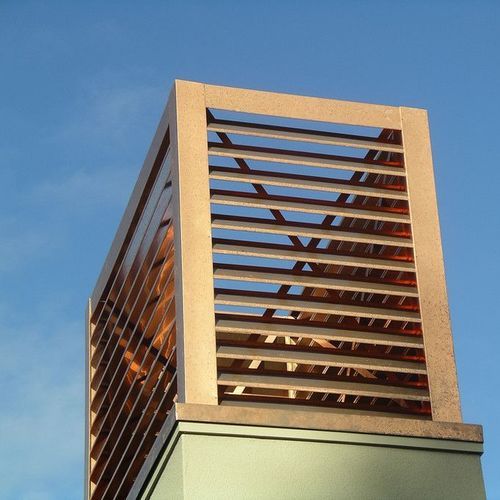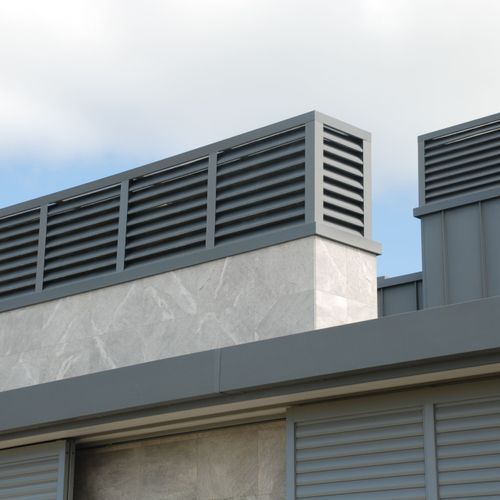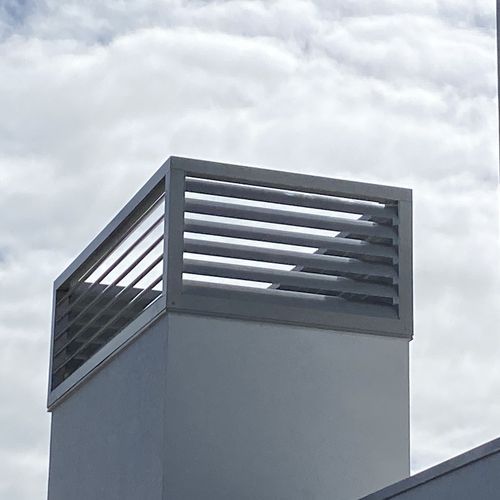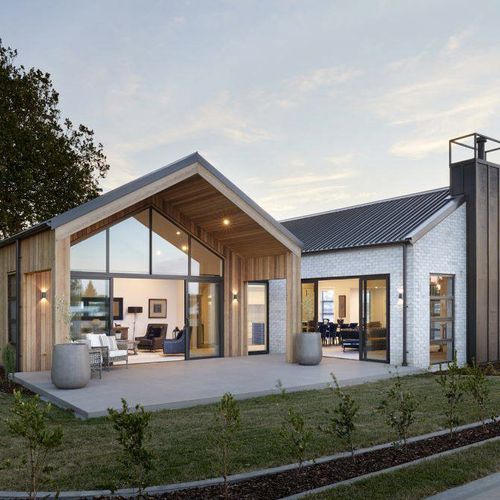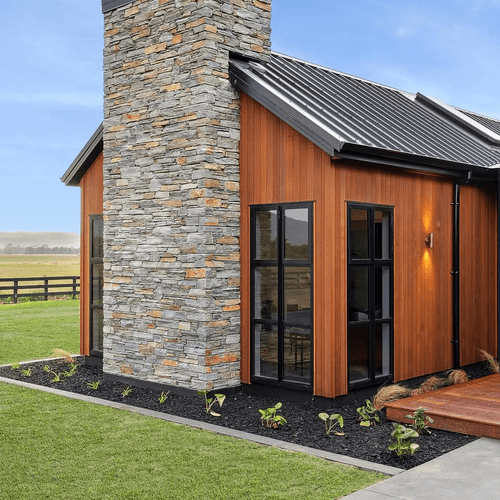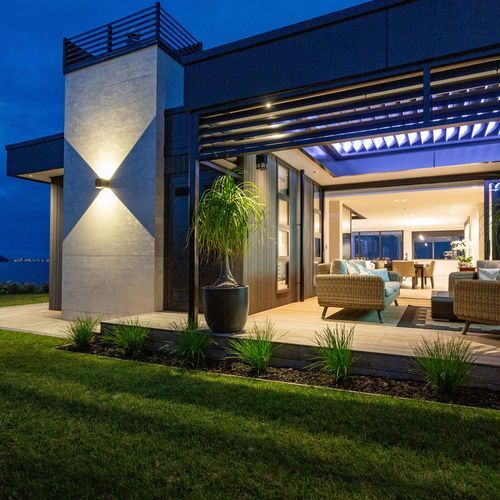Chimneys & Cowls
- Chimney cowls are a prominent feature of most households. But, what exactly are they? These are hoods that cover a chimney, preventing smoke from re-entering. Alongside chimney flashing, it is the best way to make a roof more durable. Chimneys are essentially openings into living spaces; therefore, it is vital to keep them equipped. For the best solutions, visit ArchiPro.Why ArchiPro?
No more endless searching -
Everything you need, all in one place.Real projects, real experts -
Work with vetted architects, designers, and suppliers.Designed for New Zealand -
Projects, products, and professionals that meet local standards.From inspiration to reality -
Find your style and connect with the experts behind it.Start your Project
Start you project with a free account to unlock features designed to help you simplify your building project.
Learn MoreBecome a Pro
Showcase your business on ArchiPro and join industry leading brands showcasing their products and expertise.
Learn More


